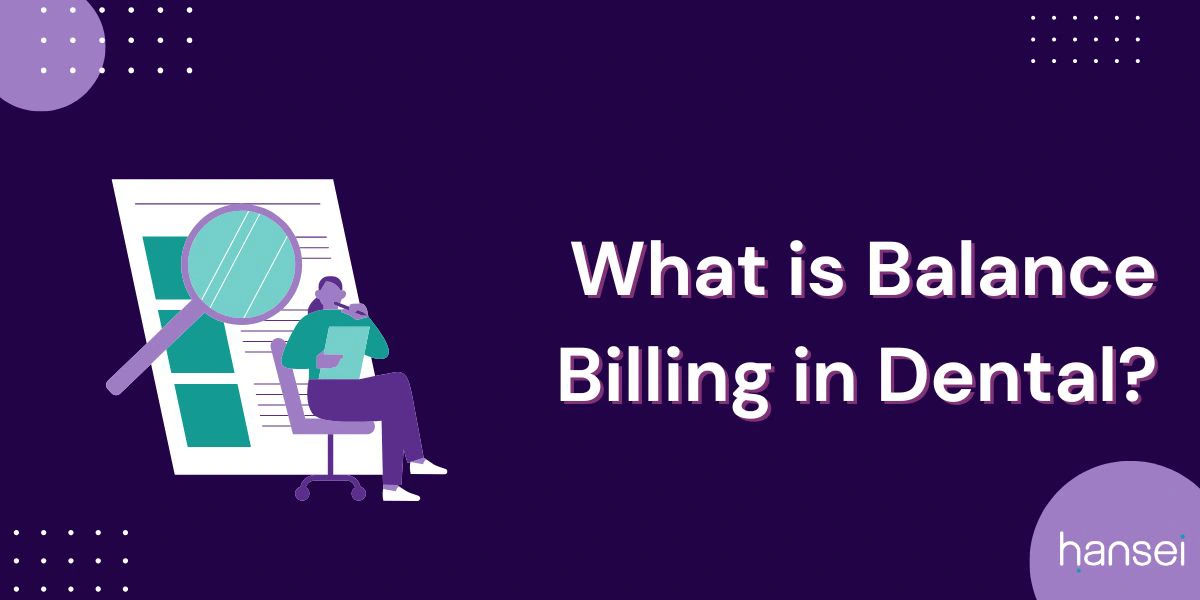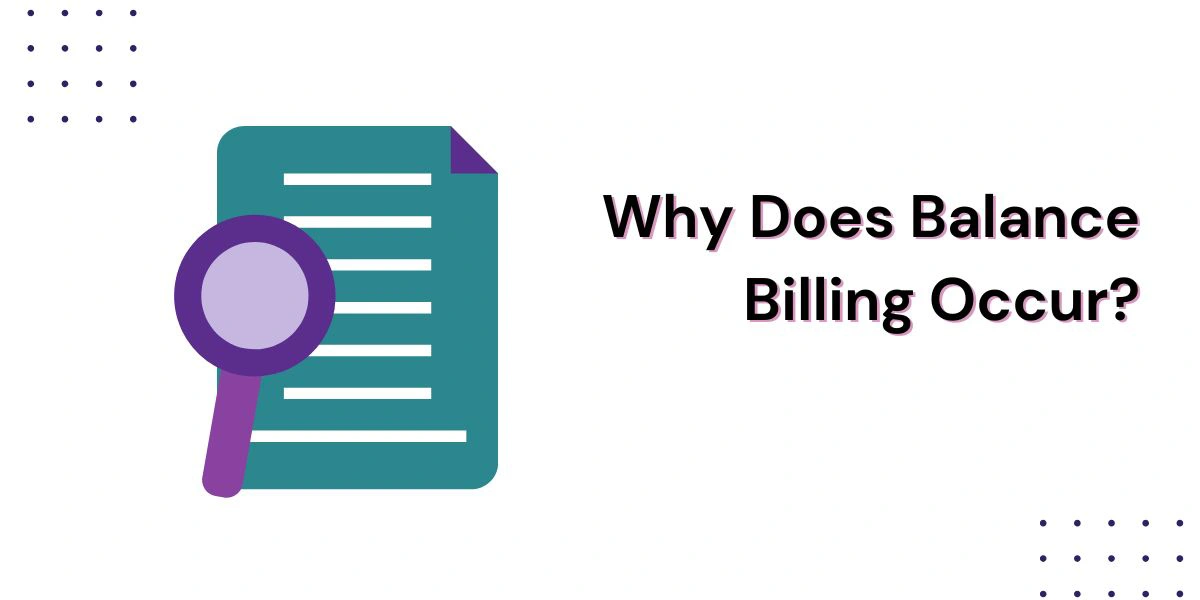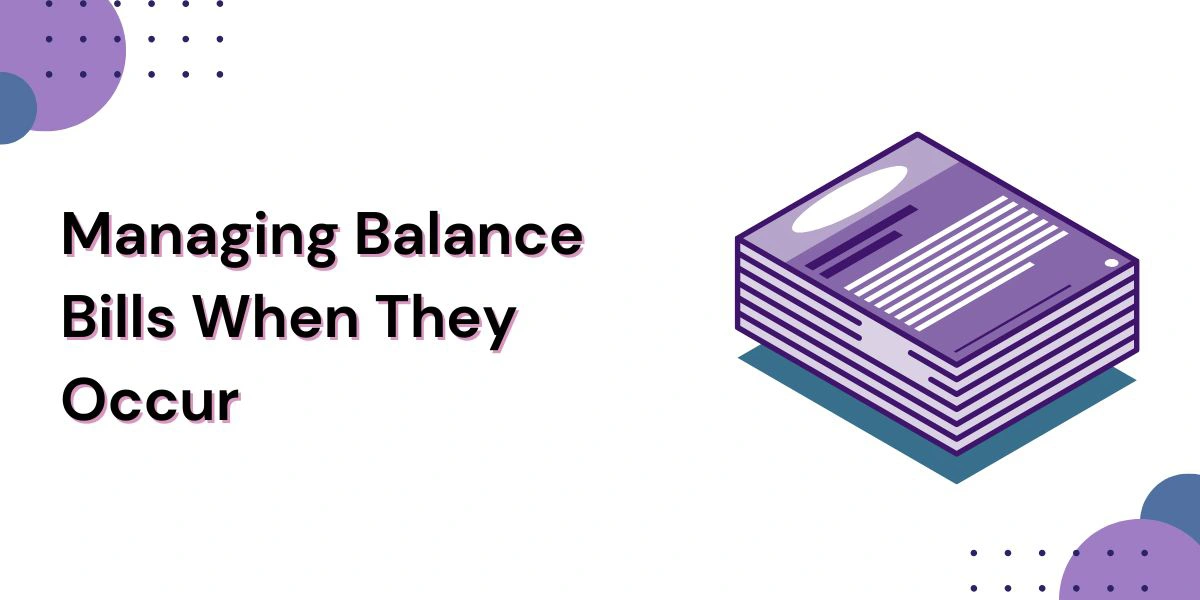Blog

If you’ve ever opened your dental bill expecting it to be fully covered by insurance, only to find out you still owe a significant amount, you might be encountering what’s known as “balance billing.” While it’s common, balance billing often surprises patients who aren’t familiar with the ins-and-outs of dental insurance. Understanding exactly what balance billing is, how it works, and ways to potentially avoid it can save you both stress and money.
What is Balance Billing in Dental Insurance?
Simply put, balance billing occurs when your dentist charges you the difference between their fee and the amount your dental insurance agrees to pay. Dental providers have their own fees for various procedures, but insurance companies have their own determined rates—often lower—that they’re willing to pay. If your dentist isn’t contracted with your insurance provider as part of their preferred network, they may bill you directly for this difference.
For instance, imagine your dentist charges $1,200 for a crown. Your dental insurance determines that the “usual and customary” fee for this procedure is $900 and agrees to pay 50% of that amount ($450). In this scenario, you’ll owe the remaining $450 plus the difference between your dentist’s original charge and the insurance’s determined fee—in this case, an additional $300. Your total out-of-pocket expense becomes $750 instead of the expected $450.

Why Does Balance Billing Occur?
Balance billing usually happens for one primary reason: your dental provider isn’t part of your insurance’s preferred provider organization (PPO) or contracted network. In-network providers have pre-negotiated rates, and they agree not to charge above that amount. Out-of-network providers, however, are free to bill you for the difference.
According to the American Dental Association, approximately 64% of American adults had dental insurance in 2022, but nearly one-third of insured patients were unaware if their dentist was in-network or out-of-network, increasing the risk of surprise balance bills.
Impact of Balance Billing on Patients
Balance billing isn’t just financially burdensome; it also impacts patient behavior and overall dental health. Unexpected costs can discourage patients from seeking regular dental care, leading to more significant dental issues down the road. According to the Centers for Disease Control and Prevention (CDC), around 35% of adults aged 18-64 didn’t visit a dentist in the past year, and cost was the most cited reason.
The fear of surprise bills contributes significantly to this statistic. Patients who encounter surprise balance billing once are often hesitant to seek necessary treatments in the future, risking complications and more costly treatments later on.
How to Avoid Balance Billing
Avoiding balance billing requires proactive steps:
- Verify Network Status: Always confirm whether your dentist is in-network or out-of-network before receiving any procedures. Your dental insurance provider’s website or customer support line can quickly clarify this.
- Ask for Fee Estimates: Before any major procedure, ask your dentist’s office to provide a detailed fee estimate. Check this against your insurance’s usual and customary fee schedule.
- Pre-authorization: Requesting a pre-authorization from your dental insurance company ensures clarity on what’s covered and how much you’ll likely pay out-of-pocket.
- Consider Switching Dentists: If you frequently face balance billing, consider finding an in-network provider. Many patients don’t realize the substantial savings until they switch to a dentist contracted with their insurance.
Legal Landscape and Consumer Protections
While federal laws like the No Surprises Act (2022) protect consumers from surprise medical billing in certain healthcare situations, dental care often remains less protected. Most dental plans have fewer regulatory protections compared to general healthcare coverage, making it crucial for patients to understand their plans fully.
Some states, however, have taken steps to enhance consumer protections against balance billing, including clearer disclosures and limits on allowable charges. Checking your state’s insurance commission or department of insurance website can help clarify specific protections available in your area.

Managing Balance Bills When They Occur
Even with precautions, balance billing can sometimes be unavoidable. Here’s how to handle a balance bill if you receive one:
- Review the Bill Carefully: Verify that the bill correctly details your treatments and aligns with your insurance explanation of benefits (EOB).
- Negotiate with the Dentist: Many dental practices are open to negotiating their fees, especially if you’re facing financial hardship.
- Appeal with Insurance: Sometimes balance billing happens due to errors or misunderstandings between your dentist’s office and insurance. Filing an appeal with your insurer could rectify this.
- Payment Plans: If the charges are valid and unavoidable, consider requesting a payment plan from your dentist’s office.
Empowering Yourself Against Balance Billing
Dealing with balance billing can be frustrating—for both providers and patients. But when you understand your rights, stay proactive with insurance verification, and keep clear communication with clients, you can protect your practice and provide a better experience for everyone involved. Empowering yourself with the right tools and knowledge is key to avoiding billing surprises and keeping your revenue cycle on track.
At Hansei Solutions, we’re here to help you take control of your billing process. Our team of experts can help you reduce billing errors, prevent claim denials, and shield your practice from the complications of balance billing. Reach out today to find out how we can support your financial success—while you stay focused on delivering care.

Ready to focus on providing healthcare? Let us lighten your load.
We’re here to address your pain points and create growth opportunities for your organization. We’re passionate about what we do, and it shows in every interaction. Learn what makes us tick and schedule a demo today.